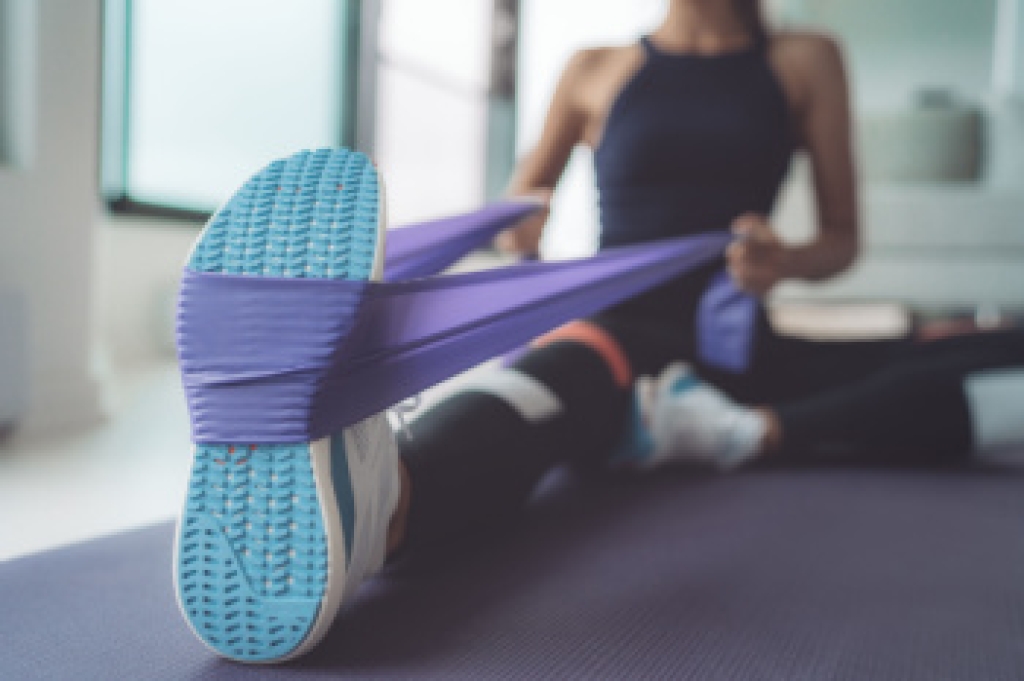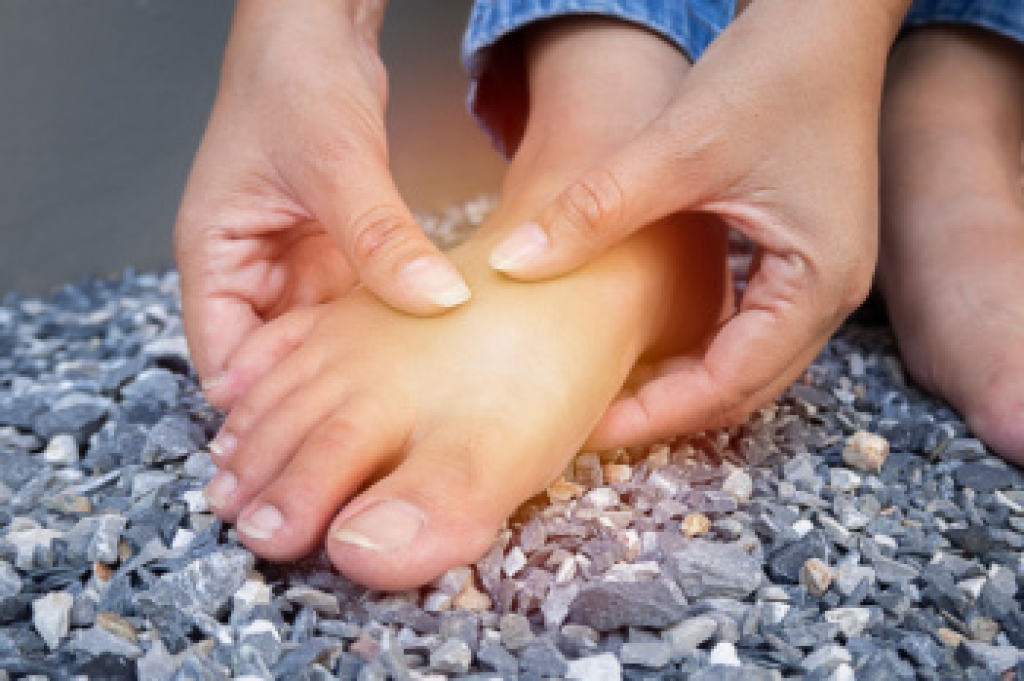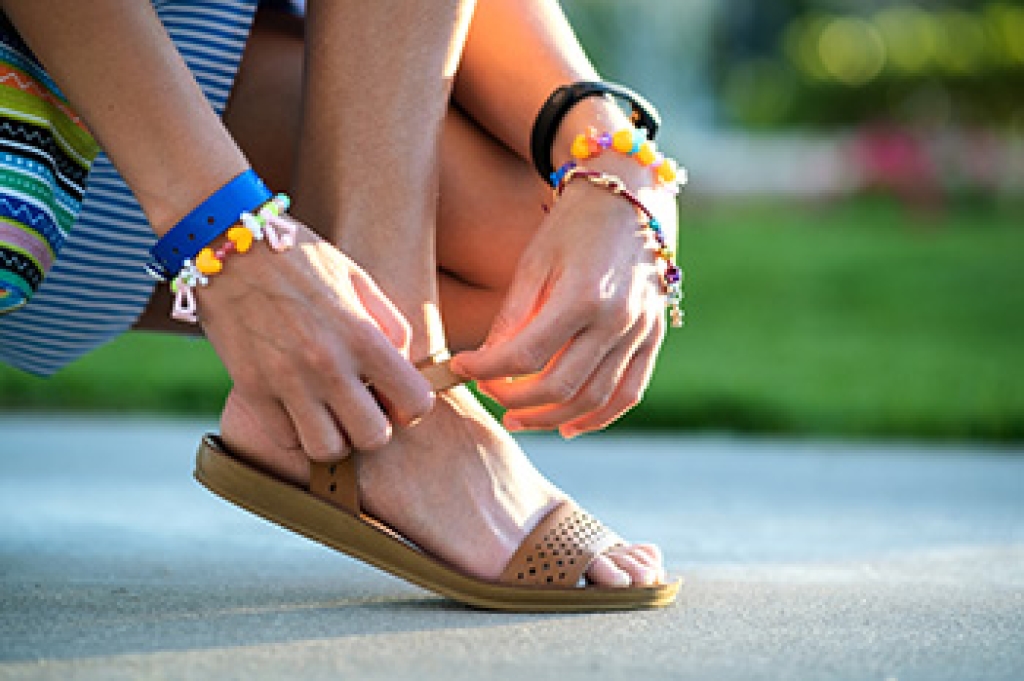
Ankle strengthening involves exercises designed to improve the stability and strength of the ankle joint. Key exercises include calf raises, where you lift your heels off the ground while standing, and ankle circles, which involve rotating the ankle in both directions to enhance flexibility. Resistance band exercises, such as dorsiflexion and plantarflexion, target specific muscles around the ankle. Having strong ankles is vital for overall fitness, as they provide support and stability, reducing the risk of injuries during physical activities. Strong ankles improve balance and agility, essential for sports and daily activities. Regularly incorporating ankle strengthening exercises into your routine ensures better performance and prevents common issues like sprains. If you have endured an ankle injury, it is suggested that you consult a podiatrist who can offer you successful treatment solutions, in addition to guiding you on effective ankle-strengthening exercises.
Exercising your feet regularly with the proper foot wear is a great way to prevent injuries and build strength. If you have any concerns about your feet, contact Katie Besselman, DPM from Advanced Podiatry. Our doctor can provide the care you need to keep you pain-free and on your feet.
Exercise for Your Feet
Exercise for your feet can help you gain strength, mobility and flexibility in your feet. They say that strengthening your feet can be just as rewarding as strengthening another part of the body. Your feet are very important, and we often forget about them in our daily tasks. But it is because of our feet that are we able to get going and do what we need to. For those of us fortunate enough to not have any foot problems, it is an important gesture to take care of them to ensure good health in the long run.
Some foot health exercises can include ankle pumps, tip-toeing, toe rises, lifting off the floor doing reps and sets, and flexing the toes. It is best to speak with Our doctor to determine an appropriate regimen for your needs. Everyone’s needs and bodies are different, and the activities required to maintain strength in the feet vary from individual to individual.
Once you get into a routine of doing regular exercise, you may notice a difference in your feet and how strong they may become.
If you have any questions, please feel free to contact our office located in Saint Peters, MO . We offer the newest diagnostic and treatment technologies for all your foot care needs.







